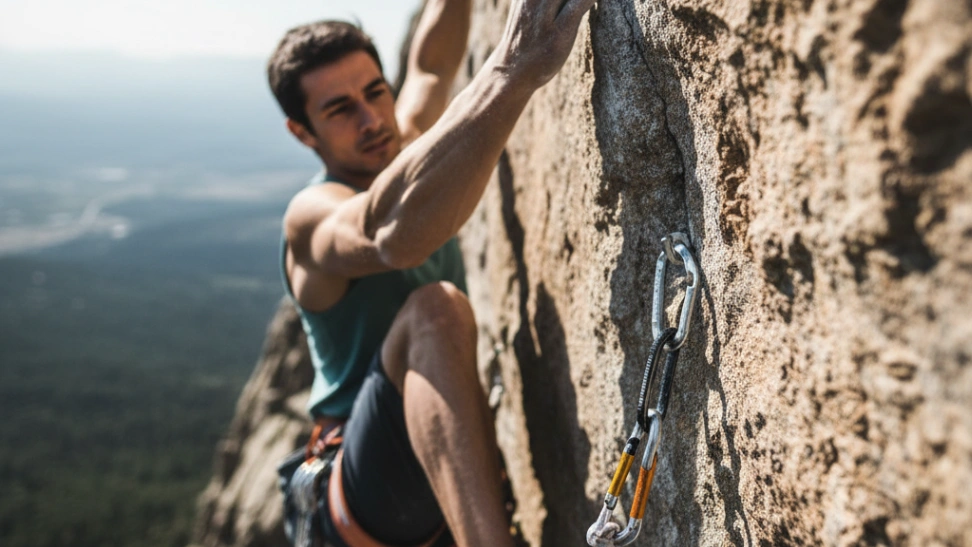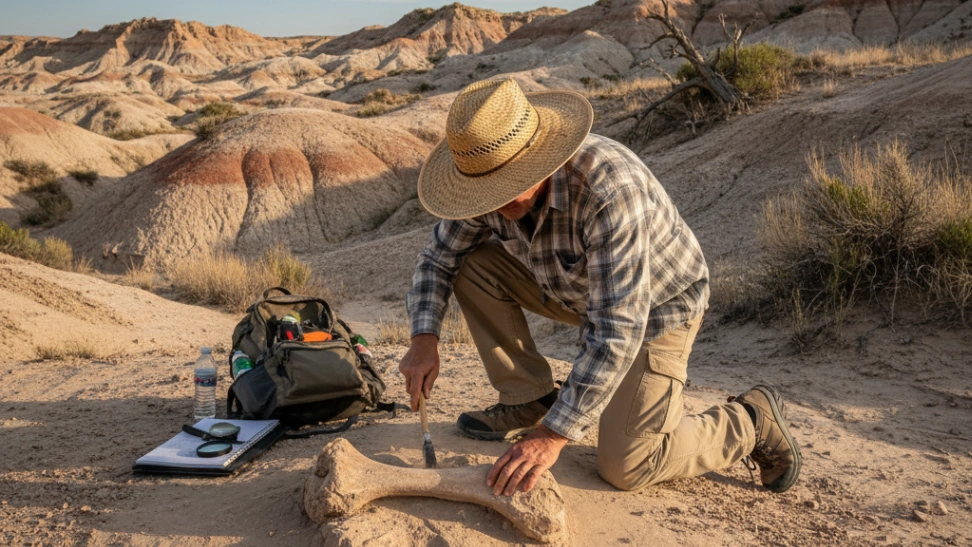The origins of rock climbing can be traced back to the late 19th and early 20th centuries, evolving from mountaineering. Early mountaineers, particularly in the European Alps, would traverse difficult rock sections as part of their ascent to mountain summits. These early attempts often involved rudimentary gear, such as hemp ropes and basic pitons, and a strong emphasis on self-reliance and raw nerve. As techniques improved and equipment became more specialized, climbing began to emerge as a distinct sport rather than merely a means to an end. The legendary ascent of the Elbe Sandstone Mountains in Germany and the Dolomites in Italy are often cited as formative periods, where climbers pushed the boundaries of what was considered possible. By the mid-20th century, areas like Yosemite Valley in the United States became epicenters for big-wall climbing, with pioneers like Yvon Chouinard and Royal Robbins developing new equipment and ethical standards that profoundly shaped the sport. This era saw the introduction of more advanced protection, such as chocks and later cams, which reduced the reliance on destructive pitons, ushering in the 'clean climbing' movement. This shift emphasized leaving no trace and preserving the rock, fostering a greater respect for the natural environment. The 1970s and 80s witnessed an explosion in sport climbing, characterized by pre-placed bolts and anchors, making routes safer and more accessible for training and pushing physical limits. This evolution broadened the appeal of climbing beyond a small, daring elite, leading to the development of indoor climbing gyms.
Today, rock climbing encompasses several distinct disciplines, each offering unique challenges and requiring different skill sets. Bouldering involves climbing short, challenging "problems" on smaller rocks or low artificial walls without ropes, relying on crash pads for safety. It emphasizes power, technique, and creative problem-solving. Sport climbing focuses on longer routes protected by pre-placed bolts, allowing climbers to push their physical limits with less concern for gear placement. Traditional climbing ("trad") demands a deeper understanding of rock protection, as climbers place their own removable gear (cams, nuts) into natural features as they ascend, retrieving them upon completion. This discipline emphasizes self-reliance, route-finding, and a profound respect for the rock. Multi-pitch climbing involves ascending routes that are too long for a single rope length, requiring climbers to establish belay stations and work in teams. Aid climbing, less common for recreational climbers, involves using equipment to assist in upward progress rather than relying solely on handholds and footholds. Each style offers a different flavor of the climbing experience, catering to various preferences for risk, physicality, and mental engagement. The rise of indoor climbing gyms has also democratized the sport, making it accessible year-round, regardless of weather, and providing a controlled environment for beginners to learn the fundamentals and experienced climbers to train. These gyms often feature bouldering walls, top-rope routes, and lead climbing walls, simulating outdoor experiences and fostering a strong community spirit among climbers. The availability of diverse climbing walls and training facilities has significantly contributed to the sport's global expansion, allowing for continuous practice and skill development.
Beyond the physical exertion, rock climbing offers significant mental and emotional benefits. It cultivates an intense level of focus, demanding full presence in the moment, which can be a powerful stress reliever. The process of analyzing a route, planning movements, and executing them precisely builds problem-solving abilities and enhances spatial awareness. Overcoming fear, pushing personal boundaries, and achieving a difficult ascent provide immense satisfaction and a boost in self-confidence. The climbing community is renowned for its supportive and collaborative nature; climbers often work together to figure out beta (the sequence of moves for a route), offer encouragement, and share knowledge. This camaraderie is a cornerstone of the sport, fostering strong friendships and a sense of belonging. Whether at an indoor gym or a remote outdoor crag, the shared passion for vertical movement creates an instant bond among participants. This communal aspect is particularly evident in outdoor settings, where climbers often share campsites, cook meals together, and offer belays, creating a strong sense of collective adventure and mutual reliance. The outdoor component also connects climbers deeply with nature, encouraging an appreciation for landscapes and a commitment to environmental stewardship. Many climbing organizations actively promote conservation efforts and sustainable practices to protect the very environments that make the sport possible. This blend of individual challenge and collective support makes rock climbing a truly enriching and transformative hobby, appealing to those seeking both personal growth and meaningful connections.



